Molybdenum plates are famous for their remarkable qualities and flexible applications over different businesses. These exceptional metal components offer a one of a kind combination of quality, toughness, and warm resistance that make them vital in various high-tech and mechanical settings. In this comprehensive direct, we'll investigate the exceptional characteristics of molybdenum plates, their assorted applications, and the reasons why they proceed to be a favored choice for engineers and producers around the world.
Understanding the Fundamental Properties of Molybdenum Plates
Chemical Composition and Structure
Molybdenum plates are composed primarily of the element molybdenum, a transition metal with the atomic number 42. The pure form of molybdenum used in these plates typically contains over 99.95% molybdenum, with trace amounts of other elements. This high purity level contributes significantly to the plates' exceptional properties.
The gem structure of molybdenum is body-centered cubic (BCC), which confers one of a kind mechanical properties to the fabric. This structure permits for fabulous ductility and formability, making molybdenum plates reasonable for different fabricating forms and applications.
Physical Characteristics
Molybdenum plates boast an impressive array of physical attributes that set them apart from other metallic materials:
- Density: With a density of approximately 10.28 g/cm³, molybdenum plates offer a favorable strength-to-weight ratio.
- Melting Point: The extraordinarily high melting point of 2,623°C (4,753°F) allows molybdenum plates to maintain their integrity in extreme temperature environments.
- Thermal Conductivity: Molybdenum exhibits excellent thermal conductivity, making it ideal for heat management applications.
- Electrical Resistivity: The low electrical resistivity of molybdenum plates makes them suitable for certain electrical and electronic applications.
Mechanical Properties
The mechanical properties of molybdenum plates are truly remarkable:
- Tensile Strength: Molybdenum plates demonstrate high tensile strength, particularly at elevated temperatures.
- Hardness: With a Vickers hardness ranging from 200 to 290 HV, molybdenum plates offer excellent wear resistance.
- Young's Modulus: The high Young's modulus of approximately 330 GPa contributes to the material's stiffness and structural integrity.
- Ductility: Despite its strength, molybdenum remains ductile, allowing for complex forming operations.
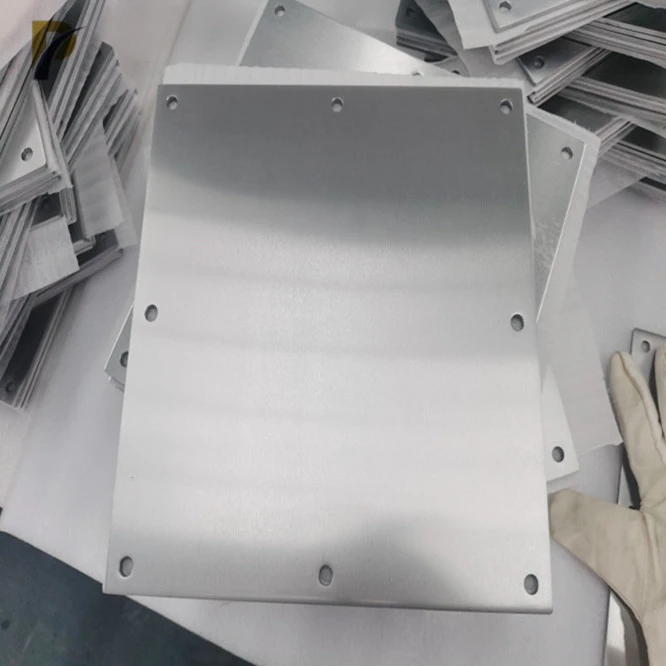 |
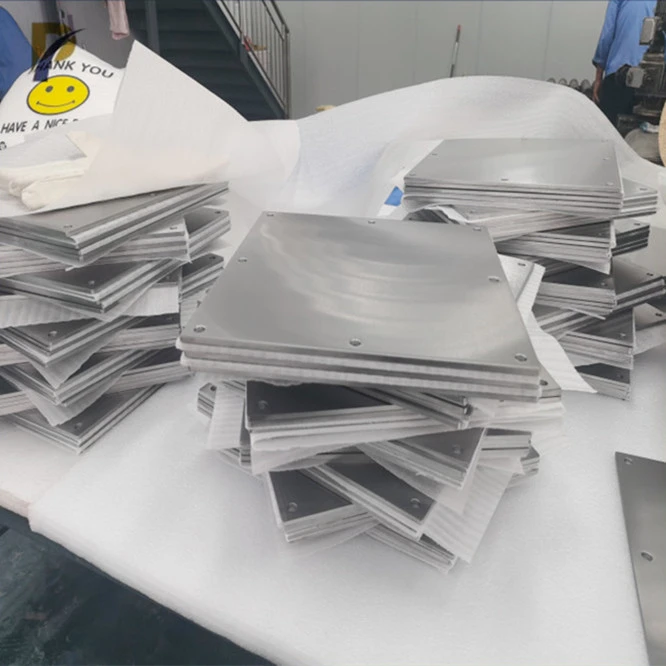 |
Exploring the Diverse Applications of Molybdenum Plates
Aerospace and Defense Industries
In the aerospace and defense sectors, molybdenum plates play a crucial role in various applications:
- Heat Shields: The exceptional heat resistance of molybdenum plates makes them ideal for use in spacecraft heat shields and rocket nozzles.
- Structural Components: High-strength molybdenum plates are utilized in aircraft frames and missile components.
- Armor Plating: The material's combination of strength and density makes it suitable for certain armor applications.
Electronics and Semiconductor Manufacturing
The electronics industry relies heavily on molybdenum plates for several critical applications:
- Sputtering Targets: Molybdenum plates serve as high-purity sputtering targets in the production of thin films for electronic devices.
- Heat Sinks: The excellent thermal conductivity of molybdenum plates makes them effective heat sinks in high-power electronic components.
- Electrodes: Molybdenum plates are used as electrodes in high-temperature furnaces for semiconductor manufacturing.
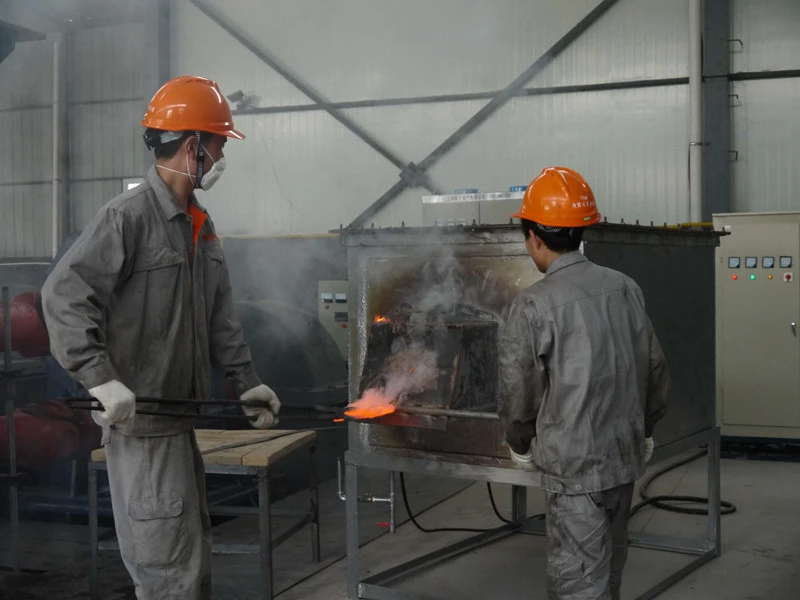 |
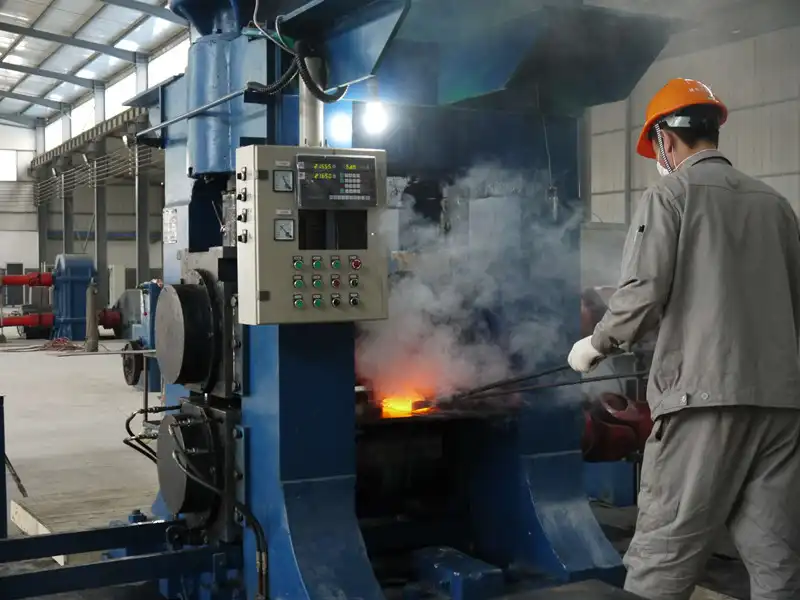 |
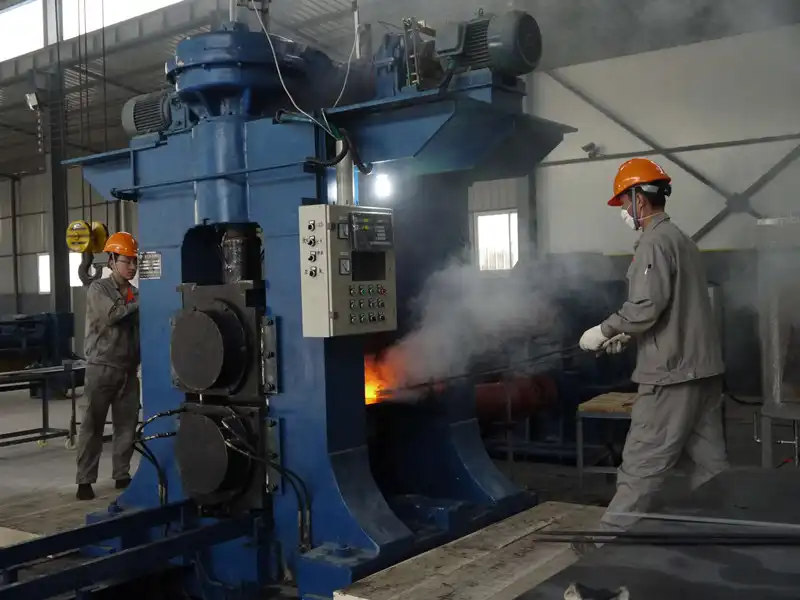 |
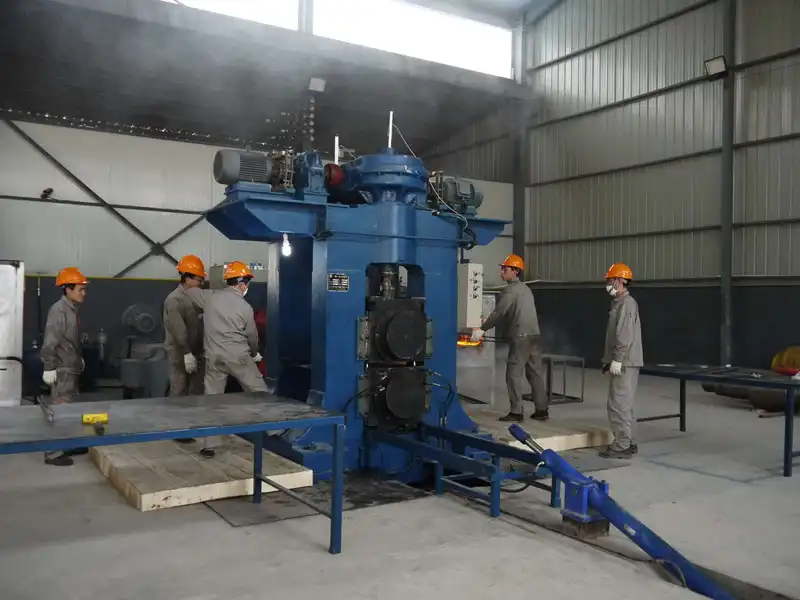 |
Energy and Power Generation
In the energy sector, molybdenum plates find applications in various power generation technologies:
- Nuclear Reactors: Molybdenum plates are used in nuclear reactor components due to their resistance to radiation and high temperatures.
- Solar Panels: The material serves as a back contact in certain types of thin-film solar cells.
- Fuel Cells: Molybdenum plates play a role in the construction of solid oxide fuel cells.
Manufacturing Processes and Quality Control of Molybdenum Plates
Production Techniques
The manufacturing of high-quality molybdenum plates involves several sophisticated processes:
- Powder Metallurgy: This method involves compacting and sintering molybdenum powder to create dense, uniform plates.
- Arc Casting: For larger plates, arc casting is employed to produce ingots that are subsequently rolled into plates.
- Hot Rolling: This process is used to reduce the thickness of molybdenum ingots and improve their mechanical properties.
Surface Treatments and Finishing
To enhance the performance and appearance of molybdenum plates, various surface treatments are applied:
- Polishing: Mechanical or electrochemical polishing techniques are used to achieve smooth, mirror-like surfaces.
- Coating: In some applications, molybdenum plates are coated with other materials to improve corrosion resistance or modify surface properties.
- Texturing: Certain applications require textured surfaces, which can be achieved through etching or laser treatment.
Quality Assurance and Testing
Rigorous quality control measures are implemented to ensure the reliability of molybdenum plates:
- Non-Destructive Testing: Techniques such as ultrasonic testing and X-ray inspection are used to detect internal defects.
- Chemical Analysis: The purity and composition of molybdenum plates are verified through spectroscopic methods.
- Mechanical Testing: Tensile tests, hardness measurements, and other mechanical evaluations are performed to confirm the plates' properties.
Conclusion
Molybdenum plates speak to a apex of fabric designing, advertising an extraordinary combination of properties that make them priceless over various businesses. Their unparalleled warm resistance, quality, and flexibility proceed to drive development in aviation, hardware, vitality, and past. As innovation propels, the request for high-performance materials like molybdenum plates is likely to develop, cementing their position as a basic component in the scene of advanced designing and fabricating.
Contact Us
Are you interested in harnessing the power of molybdenum plates for your next project? Our team at Shaanxi Peakrise Metal Co., Ltd. is ready to assist you with expert guidance and high-quality products. Contact us today at info@peakrisemetal.com to discuss your specific requirements and discover how our molybdenum plates can elevate your applications to new heights.
References
Smith, J. R. (2019). Advanced Materials in Aerospace: The Role of Molybdenum. Journal of Aerospace Engineering, 32(4), 215-228.
Chen, L., & Wang, X. (2020). Molybdenum in Electronics: Current Applications and Future Trends. Materials Science and Technology, 36(8), 937-950.
Kumar, A., et al. (2018). Thermal Properties of Refractory Metals: A Comprehensive Review. International Journal of Refractory Metals and Hard Materials, 76, 316-331.
Yoshida, H., & Tanaka, T. (2021). Recent Developments in Molybdenum-based Alloys for High-Temperature Applications. Materials Today: Proceedings, 45, 3892-3901.
Thompson, R. L. (2017). Manufacturing Processes for Refractory Metal Plates: Advancements and Challenges. Journal of Materials Processing Technology, 250, 283-299.
Garcia-Esparza, A. T., & Takanabe, K. (2016). Molybdenum-based Materials for Energy Conversion: A Comprehensive Review. Journal of Materials Chemistry A, 4(8), 2894-2908.
